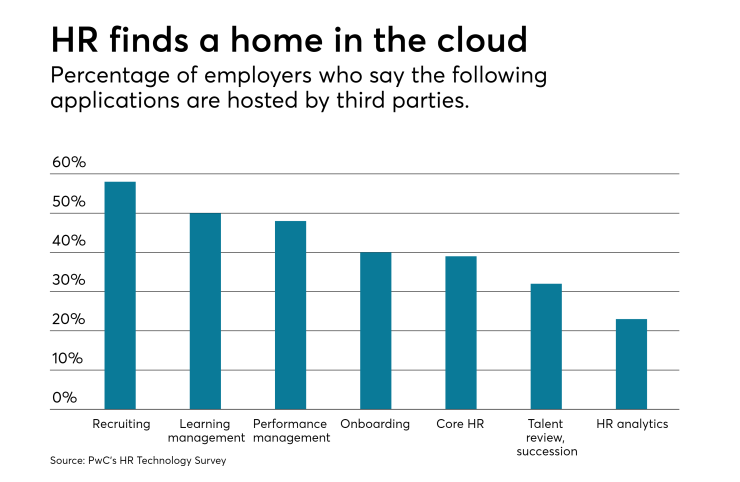Being up to date on the latest tech is crucial for employers looking to stay ahead of the competition. But a recent survey finds that most U.S. companies are struggling to seize the benefits of digital tools.
A study conducted by Australia’s largest telecommunication company, Telstra, finds that many companies are not satisfied with the benefits of switching over to digital operations such as cloud-based and machine learning systems. The survey finds that while companies understand the importance of these tools, they are failing to empower their employees to take full advantage of them.
“Successful digital transformation relies on more than the right technology,” says Nicholas Collins, Telstra’s president for the Americas. “It requires the right culture, the right people.”

Less than a quarter (23%) of U.S. employers are satisfied with switching over to digital tools, according to the study, which surveyed 3,810 respondents from 14 markets across the globe. Still, a third (33%) expect to increase their spending on digital transformation by 10% in the next three years.
See also:
Companies should invest energy in helping employees use new platforms and systems, says Jim Fagan, head of U.S. product and technology at Telstra.
“If you are changing processes and asking people to do something that they didn't have to do in their job and you don’t enable and train them on it, the culture is going to come up and reject that tool,” Fagan says.
It pays to get employees involved, Fagan says. Employers that focus on how employees fit into the equation are significantly more digitally mature (45%) and able to implement the company's vision (52%), according to the study.
If a company wants to switch over from word-processing applications to a cloud-based system like Google Docs, for instance, Fagan says it needs to ask itself why the move is necessary. “You can access and share your work from anywhere,” on a cloud-based platform, he says, but if employees can only use Google Docs on a corporate network in a corporate office and behind a firewall for security reasons, “then you've kind of taken the whole advantage out of it,” Fagan says.
He says companies must lay out a clear vision and incorporate employees in the roll out of new technology to avoid poor integration strategies.
“It has to be driven from the top -- so there’s a clear objective and vision that allows people to buy into it,” he says. “That way, you’re including them on the journey, so when you bring in the experts, they actually have a real say in it.”





